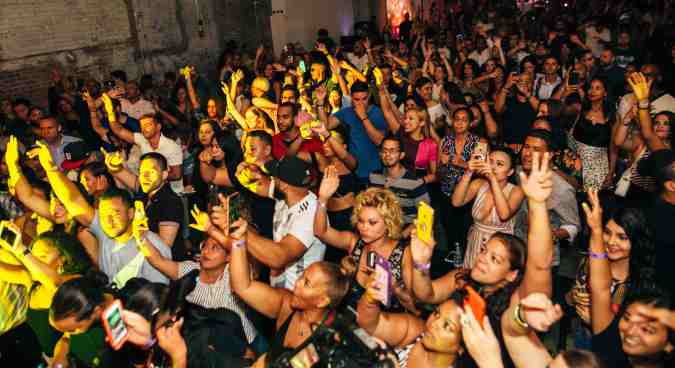3
"That idea always stuck in my head that marquesina parties was like a community-gathering experience."
https://www.instagram.com/p/B0RIsgPBnMv/
As far as I can remember, as a kid, in my house, there was a marquesina, which [is] basically a [car port]. As a kid, we would play there all the time, and I remember we would also put soap on the floor with water and we would slide on it. It was a recreational area for us.
When I was in first grade and my birthday was coming up, my mom asked me what I wanted to do for my birthday and I [said], “I want to do a disco party.” It became a standard and a staple as a young kid. Everyone knew that I was [throwing] disco parties. I made straight disco parties from first grade to sixth grade. Every year, my birthday was a disco party, and it was done in the garage.
Marquesinas in Puerto Rico … are part of the house. This place – not in my case, but in many, many cases – serve as any event [space]. Anything you could possibly do, you could do it at the marquesina: weddings, family gatherings, you could even use it for a construction area.
For me, it always has a connotation of a gathering, and sort of like building community. That’s how I started my brand and [where I got] my name D’marquesina. In those parties [in Puerto Rico], we would play all sorts of music and that’s how D’marquesina started coming to New York. [It felt like] every single party was playing just one type of music, so we wanted to incorporate that concept of playing American music, different genres, Spanish music, Latinoamerican music from all genres and styles.
That idea always stuck in my head that marquesina parties was like a community-gathering experience and that’s what happened here in New York when I started [these] parties. All the Puerto Ricans that left the island, they started meeting in my parties. It became a social place to meet people from your country. -Hector Arce-Espasas (D’marquesina), artist behind Rosa Perreo parties @rosaperreo




